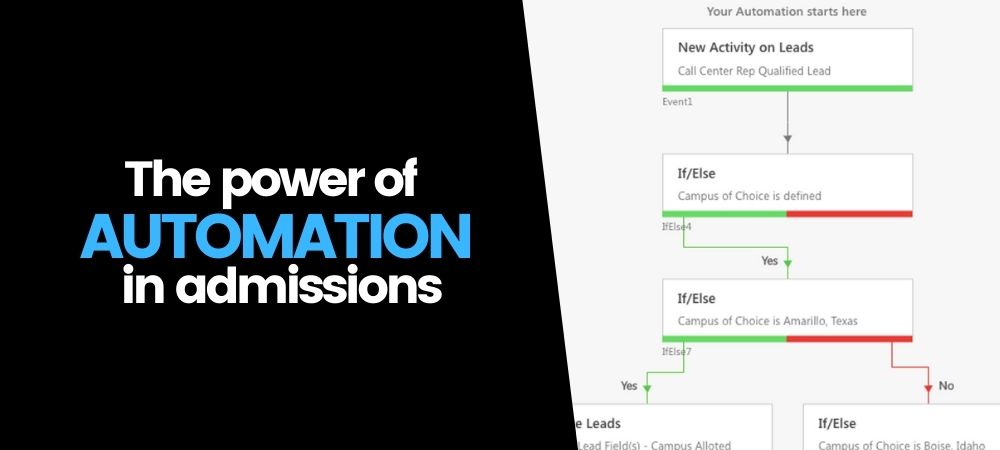In a recent LeadSquared webinar, Inspire a Wide Range of Students with Custom Automations, higher education experts Jason Pfaff and David Eby discussed the power of using automation to inspire and engage higher ed students.
You can see the 40-minute webinar in its entirety here. Following are highlights from what was a very insightful discussion about how to overcome some of the challenges facing admissions offices today.
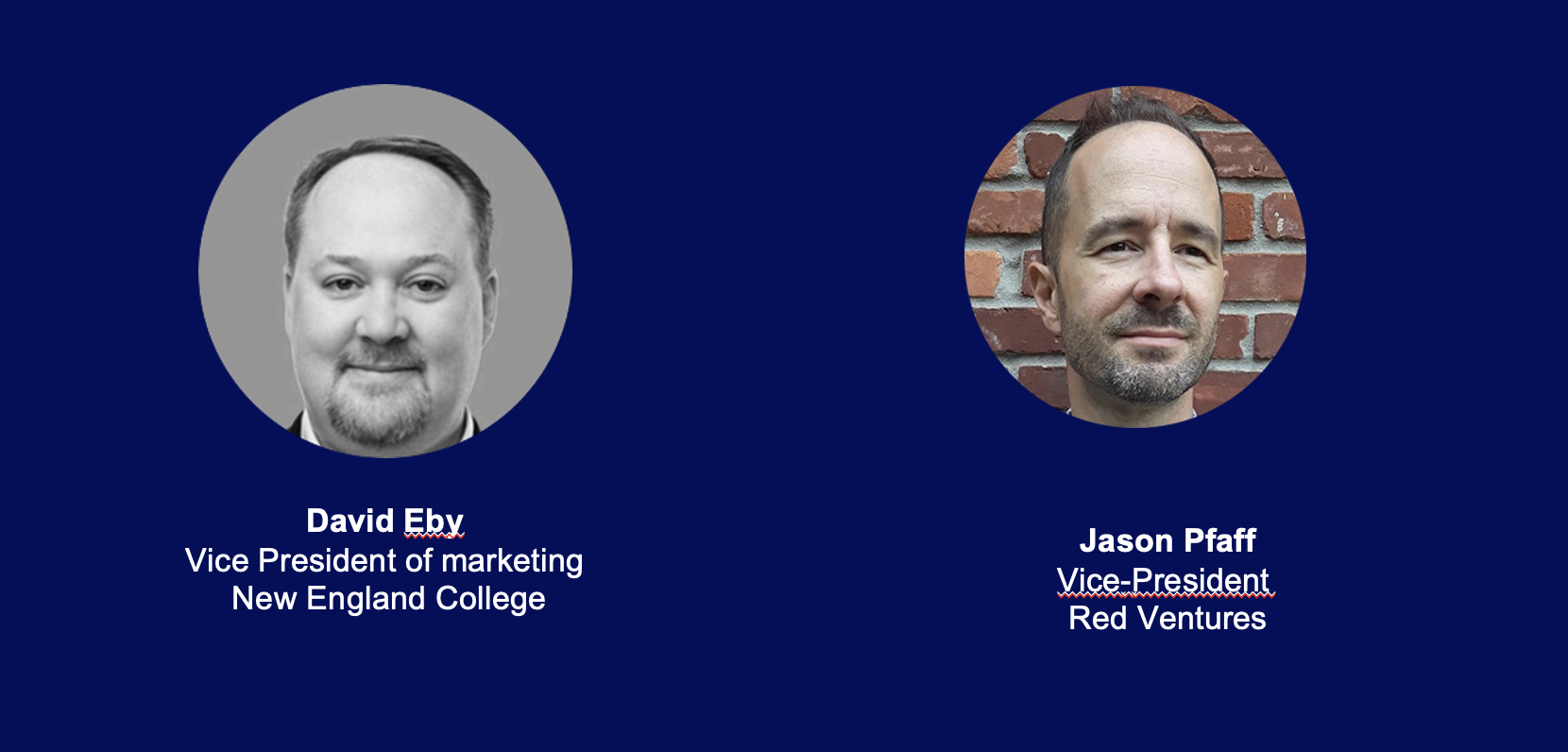
Jason: What have you seen play out over the last 10 years in the higher education landscape, specifically about students and what they’re looking for?
David: Higher education, in general, has become much more competitive and everyone’s playing in the online space. So, a lot of times students are making choices based on the way you interact with them during the recruitment process. They’re focused on when—and how—they’re communicated with.
What we’ve also seen is the introduction of a number of different channels to communicate with students. Now we’re interacting with social media during the recruitment process, using texting, and phone calls. The interaction has to be well thought out and timely.
Regardless of the student type, you have to be very intentional about how you communicate. And the ability to customize those student journeys is something that’s become very important to me in the last four or five years.
Treat students as consumers
Jason: Would you agree it now requires a consumer mindset to give students the level of service they expect?
David: Yes, education has become much more of a consumer product. You know it used to be if you were a local student in Kansas, you would look at Kansas institutions only. Now, you’re looking at any variety of institutions based on the programs they offer, based on the price, based on how they interact.
The ability to do a search online and find 10 institutions that offer the same program is much easier. Also coming out of COVID, we’re seeing some real changes: institutions that were not competing in the online space are now much more competitive in the online space.
It creates a more level playing field when, as a small institution, you can use the same type of technology that a larger institution’s using and still create that customized student experience without having to invest millions of dollars.
Deliver the simplified journeys students want
Jason: How would you recommend schools start to identify those student populations so that we can then put them into more of an automated experience? What touchpoints are important? Could you walk us through your process?
David: The first thing that I typically do is, I want to see where we are today. So, what is communication? What’s the timing of the communication? Does it make sense?
What you often see is a lot of outreach going to the student that could be duplicate, and probably, stepping on each other. My experience with students is they’re typically going to respond to one area at a time. They’re not going to be able to keep all those plates spinning, especially busy working professionals.
Once we layout our current process, then we have to look at it from a student perspective. Gone are the days when students go on campus and take a tour and go from one department to the next. It’s all done through this virtual environment and if it’s not coordinated, it gives the student the impression that you kind of don’t know what you’re doing. It’s scattered and gives them a sense of maybe what their educational journey is going to be like.
A lot of the work we do is about simplifying the journey. How do we make it as simple as possible for people to go through the process? As soon as it gets confusing and too complicated, they’re going to typically drop out, or they’re going to go someplace else that makes it easier.
Jason: Many of us work with adult students, especially at an undergrad level, someone going back to school, maybe they’re in their mid-30s, or 40s, maybe a single parents with a full-time job—and I’m just speaking to one segment.
I tell teams all the time there’s a reason this person has not been able to pursue higher education to the degree they want to. So often when that person ends up not enrolling, I feel like when you reverse engineer that, something in the process was too overwhelming. They got too much information too soon—three different people reaching out about one thing. And folks are like, oh, yeah, that’s why I’ve not been able to do this. I’ve got kids. I’ve got a job. I’ve got other things.
Keep it simple. Keep it effective. Keep the student’s experience in mind and think about the journey from the student’s perspective.
Communicate with students the way they prefer
David: The reality is you still see students making selections sometimes based on the relationship they build with an admissions counselor.
But the communications can’t just be over the phone now. That’s not the only way you’re going to find success.
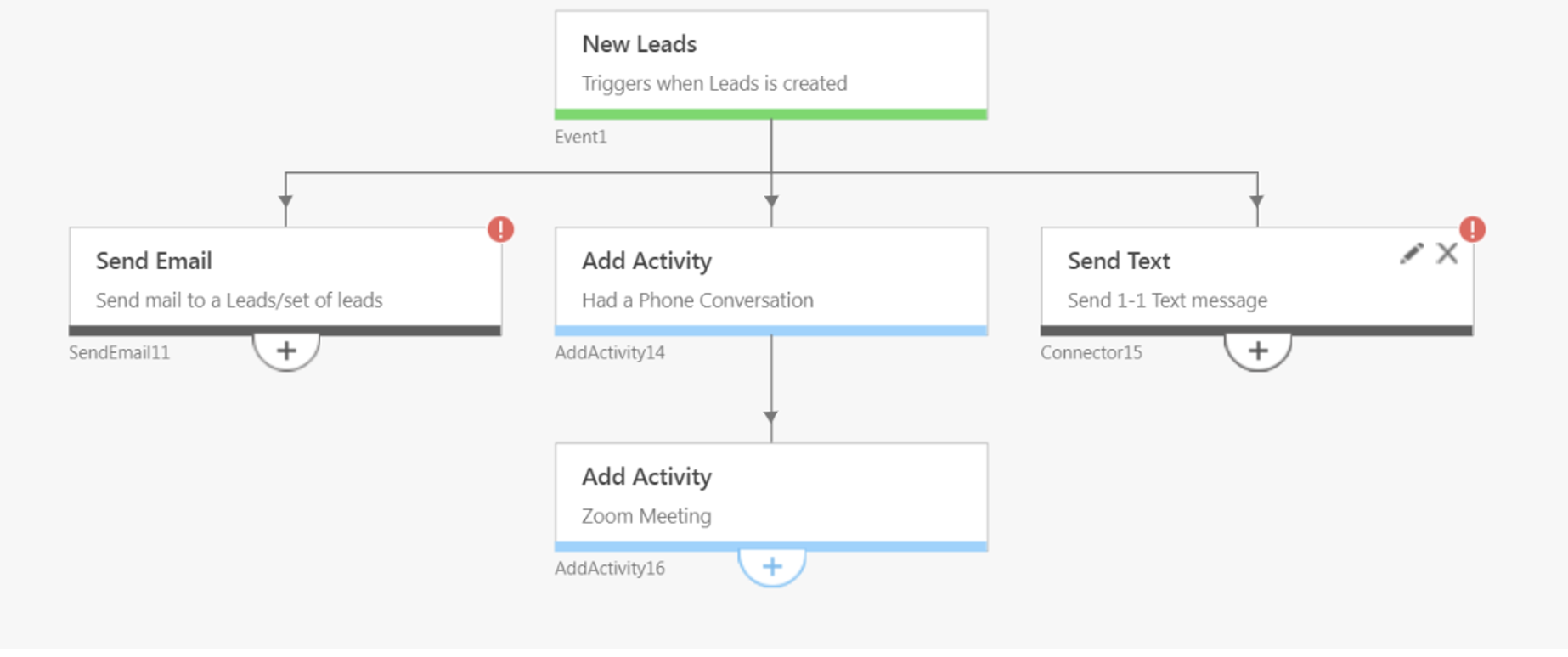
I’ve seen a lot of success with sending a text in advance of a call. After receiving an inquiry, you respond by text saying, “Hey, we got your inquiry and the admissions counselor will be calling you from this number shortly.” So, you’ve eliminated the need to call three times in 45 minutes. You can place one call. The student knows the number you’re calling from and will pick up the phone.
Jason: Absolutely. Something I’ve been working on a lot lately is asking to ask, “How do you want to enroll? How do you want to have this conversation? What works for you?”
What I advocate for is to continue to think about how to use technology, to simplify, organize and make the most of your valuable resources and the most effective use of your time, and the student’s time.
How do you think about where automation fits in that?
Greater automation = greater efficiency (and scale)
David: I’ve learned, through polling students, when they submit a copy of their transcripts, or an essay, the thing they most want to know is: did you get it? So, little things like an acknowledgment of receipt of materials go a long way in alleviating the concerns of students.
From a counselor’s perspective, automation should make it so they are not searching for what to do next. The CRM tells them what needs to be done next. Sometimes it may be there was a document that was due on a certain day and it wasn’t submitted. So, that warrants an outreach via text, email, or phone.
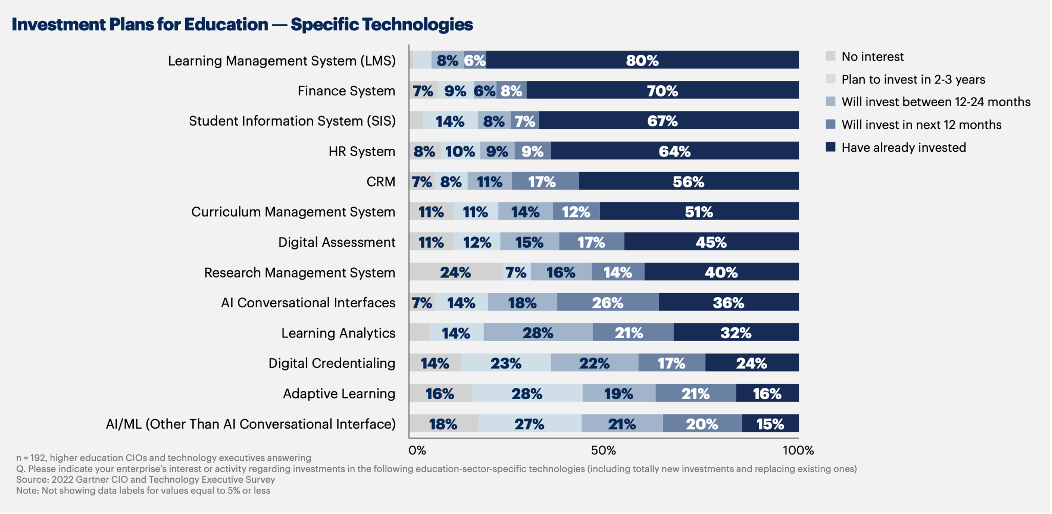
The way I look at it is: How many students can my admissions counselors reasonably interact with and handle? Without automation, the ability to interact with a multitude of students is really limited.
Automation helps them solve a lot of efficiency issues. Your scalability is much greater with automation and typically, the student experience is better as well.
Also, automation creates consistency in the communications. What I’ve seen in the past, and what scares me is, when I have admissions counselors constantly writing their own emails, or communicating with students and I don’t know what’s going out or what’s being said.
Jason: Right. I think part of what standardization also brings is the ability to measure and see what’s working because everybody’s working in a similar way. Say we’ve cut a transcript request process time in half because we’ve automated everyone with the same process. We can see that performance and improve it if need be.
Measure and optimize
Jason: Talk to me about how you continue to review performance and what recommendations you give to institutions?
David: When I’m first launching automation, I’m gonna look at that on a regular basis, at least weekly. We’ll look at open rates on emails, response rates with text, the time it takes to turn around documents, etc.
Once I have an established communication strategy, I’m typically looking at it about once a quarter. So, I want to look at that data to see if we are seeing any significant changes in conversions. We start to see the funnel—improving or declining conversion rates from inquiries, application through enrollment, those types of things. Those are the high-level KPIs I’m looking at on a regular basis.
Also, you need to meet with admissions counselors on a regular basis to get their feedback on what they’re hearing from students in their conversations.
Jason: You mentioned scale earlier. We’re able to scale because of the automation. But then you also look at that from the other side: we’ve got all these automations and that may seems scary. There are all these new processes and technology to manage.
Automate intelligently
Jason: How do you think about scaling the number of automated sequences?
David: Well, right now is a hard time to hire admissions counselors. In most places across the country that I’m familiar with, people are struggling to get good people and retain them. So I want their time to be spent efficiently as possible.
If I know I have low-quality leads that may not convert, I’m going to have some automated communications going out to that type of prospect before I ever have them interact with an admissions counselor. So, they have a hybrid scoring type method to establish the quality of the lead.
For instance, if a prospect has gone to the website and filled out an application, I want an admissions counselor to talk to that person right away. But if someone clicked on an ad on Instagram and gave me their information and I know these leads convert at a lower rate, I may interact with them via text or email first to see if they’re going to interact with us. Once they’re engaging, then I’m going to get an admissions rep in on that conversation.
So, those types of things allow you to scale not only your spend and do more marketing and reach more people, but make the best use of your admissions counselors’ time. You don’t want them getting hung-up-on all day long, but actually interacting with people that want to interact with them.
With the use of automation, it’s one of the things that I see deliver the greatest ability to scale: the effectiveness of my teams.
Jason: I’m interested to hear your thoughts on this… The schools I talk with about automation see the most success early when they have the cleanest process going in, right? Because fundamentally, we’re remapping what you’re already doing and routing it through some type of software platform or triggered sequence.
David: You’re right, the simple process typically wins out. But it’s not uncommon that an institution hasn’t reviewed its process for years. It just kind of evolved over time and morphed into well, this is what we do.
You get a lot of examples of, well, my student information system doesn’t allow me to do this. So, here’s the workaround that we have, or we’re using multiple technology platforms to interact with students.
Use simple technology to create simple processes
But it’s not just the simplicity of the process, it’s also the simplicity of the technology. How can you consolidate all these different technology platforms—from texting to phone to you know, CRM, to email?
Shortly after when I joined New England College, we went with LeadSquared because of the ability to automate student journeys.
We have seven different distinct student types, such as traditional undergrad, international grad, international on campus, and international online. The ability to create all those custom student journeys within a single platform was what really attracted me to the platform.
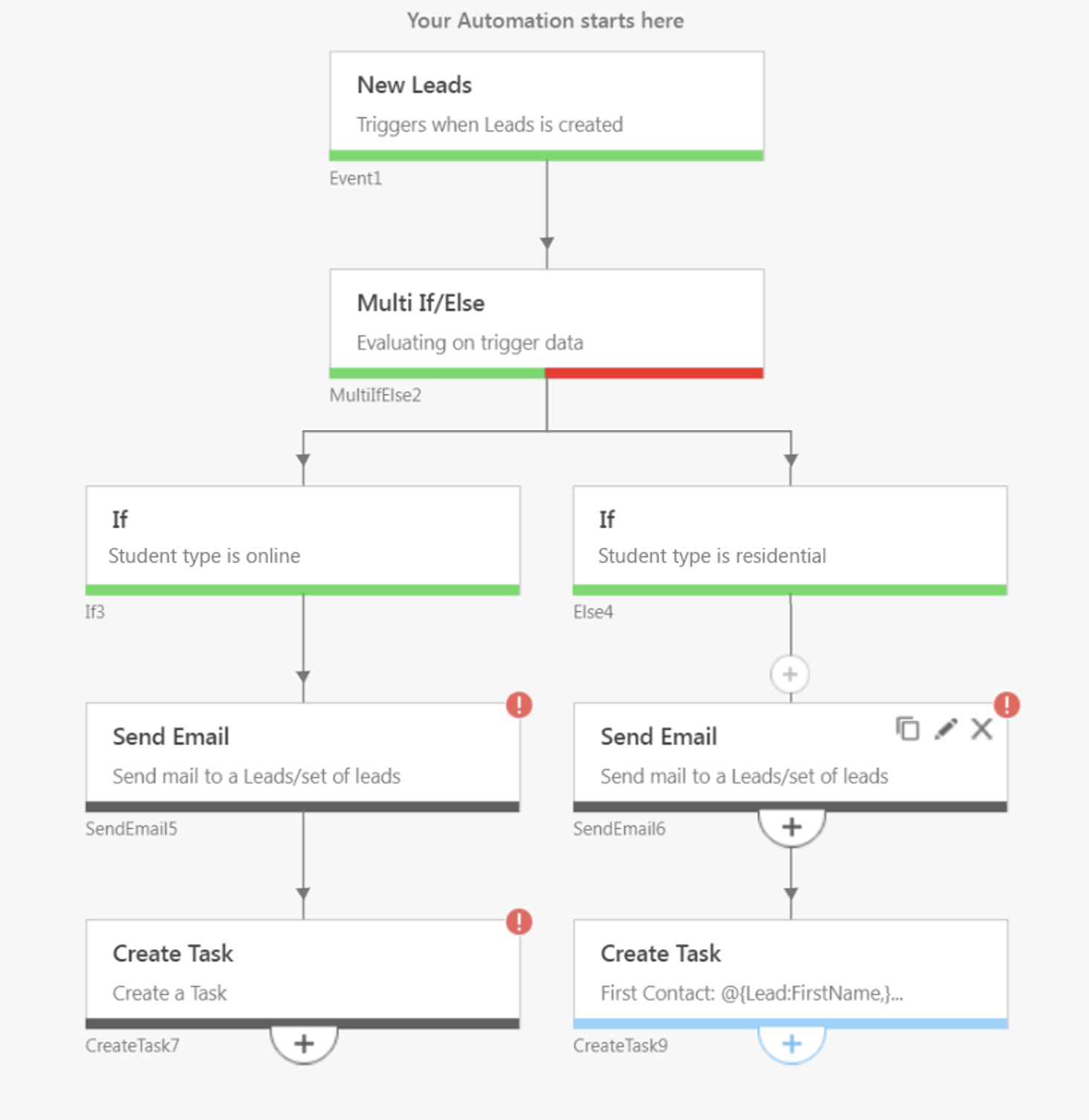
We were using Salesforce before and our ability to create customized student journeys was really limited. To get it done with Salesforce, I had to hire a developer and spend hundreds of thousands of dollars to customize the tool.
Focus on the student experience
Jason: How are you thinking about the ways marketing and admissions continue to evolve?
David: I think the student journey starts at the point of marketing and influencers of the decision are no longer just family and friends. It is social—people interact on social media. So, I think social media plays a more critical part. And there are ways to interact through social media to kind of push people through the student journey.
What the students want and are demanding is a higher level of interaction using technology. Even traditional students are expecting an online component in their classrooms now. So, you’re seeing academics having to adjust their styles and adapt to higher use of technology in the classroom. I think that expectation now goes across the entire student experience.





